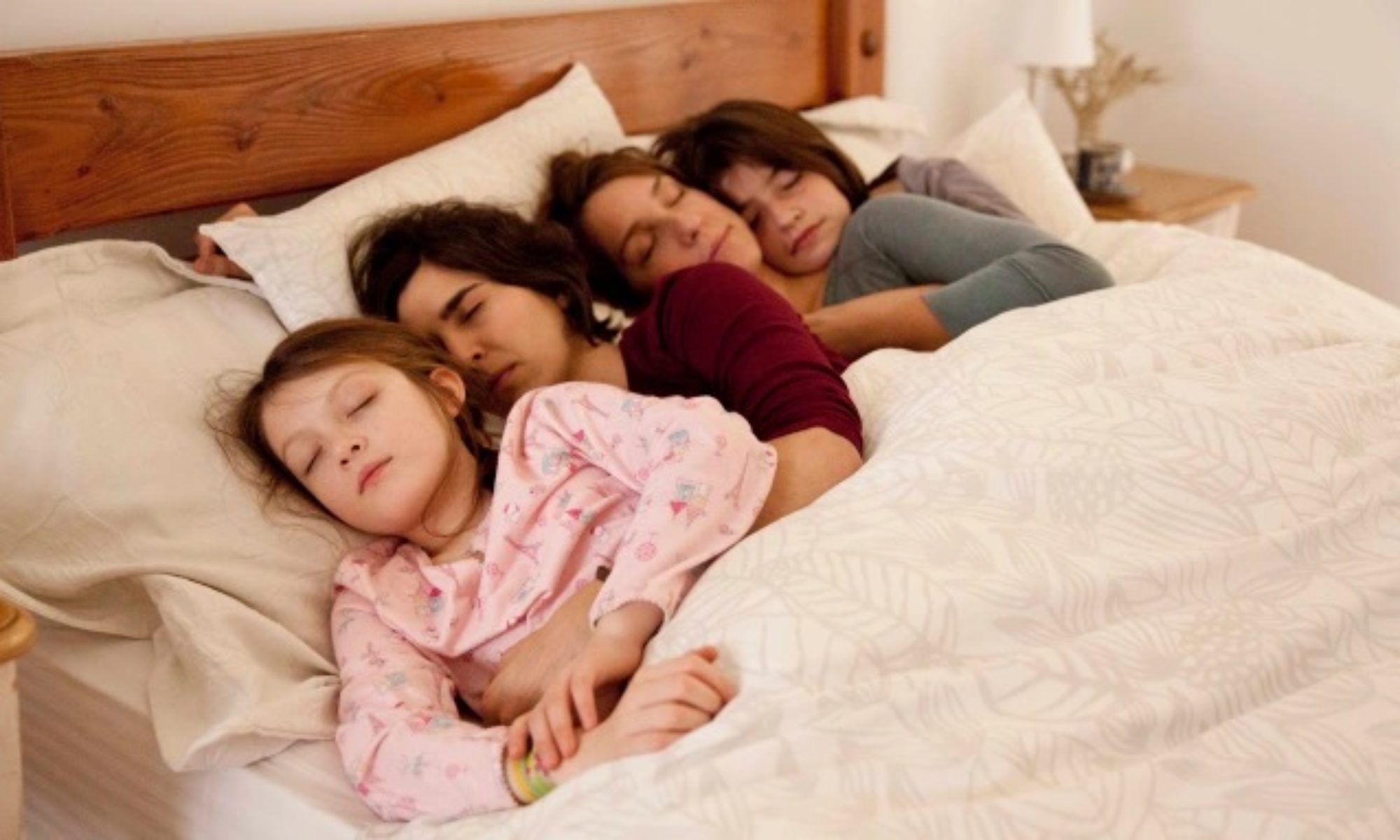Understanding Representation: Artificial Glorification in the New Zealand Film and Tourism Industry
by CJ Oravec
Paolo Rotundo’s Orphans & Kingdoms is a expressive and raw drama that explores the everlasting bond between people in a world unlike one they have ever seen. Juxtaposed against eminent opulence is a trio, used to a gray and commonplace existence, who have become wards of the state, in which they have no place to call home, a fleeting feeling of safety, and a singular objective of staying together. Traveling along the terrain of coastal New Zealand, Waiheke Island becomes their fantastical dream escape from reality as an empty vacation home falls into their lap. Beyond their adventurous rendezvous is an evident reflection on the social norms of New Zealanders.
Aotearoa Now, a pseudo-tourism short film created by Ryan Fielding, is an amateur portrayal of New Zealand through its own medium—its people. Beautiful and brazen, it contrasts the flaunting tourism campaign currently integrated in New Zealand, which depicts an unrealistic scope of the country. It, “bridges time and summons old spirits documenting New Zealand’s past and present”, while capturing the “beating heart of a nation” (Aotearoa Now). Showcasing everyday New Zealanders, their backgrounds, their communities, their homes, the connection between the real and the fictional is fleeting.
Where the two intersect is customary. Illustrated synonymously between the two films are the social norms—spoken or unspoken—found in New Zealand culture and the atmosphere surrounding everyday life. Showcasing commonplace behavior, mannerisms, and dialect, the two videos meld together a cohesive feeling of the everyday person. In New Zealand, the beauty of its people and landscape represent the culture of the nation. It represents the binding agent in which strangers can connect, and it represents the sentimentality of a nation.
Executed through shared experiences in food, language, and lifestyle, both Orphans & Kingdoms and Aotearoa Now give a portrayal of these social norms which are incorporated into New Zealand society. Within neighborhood communities, we see a shared bonding experience though an informal meal against a backdrop of a rundown pub, encounters at local shopping marts and convenience stores, and exchanges through smoking and drinking. What is not shown is a eulogized account of an exaggerated country.
We as consumers, viewers of visual storytelling, are people who can be fooled and manipulated into believing everything that is shown to us. What is shown to us in the mainstream industry, in New Zealand and around the world, is not always portrayed as it is occurring naturally. In some cases, “a perception of geography, a place, of the relation between our immediate surroundings and the world at large, is conditioned primarily through film and media”, meaning we consume, translate and define what something is, based off of information that is not always correct or truthful (Carl, 30). The technique of manipulation is integrated in film to augment reality, to drift towards fantastical and leave behind reality. In Orphans & Kingdoms, the realist aspect of the storyline is shown through everyday struggles of the protagonists, at their lowest moments, using their grit and their surroundings, without glorifying a dreary existence. Similarly, Aotearoa Now captures the essence of the ordinary, by highlighting the organic lifestyle of a kiwi, sans a film crew, lighting, scripts, a budget, or actors.
Representation here comes in its most natural form, as “to represent is to portray clearly before the mind, to give back to society an image of itself…”, meaning what we see on the screen is what is commonplace in New Zealand (Carl, 28). To mirror an image back to society as it was shown in its most real form is to dissociate bias from film, including misrepresentation changing our perceptions of an unknown topic or place.
Currently incorporated in New Zealand’s tourism campaign is the popular Peter Jackson trilogy, The Lord of the Rings. While it has shown positive for growing numbers in visitors yearly for New Zealand, “Tolkien Tourism” fails to highlight the real aspect of life in the country. Tourists are being drawn to the country due to the artificial glorification of the country’s sprawling landscape, as the trilogy utilizes triangulation in the making of the films. Triangulation being the “mix of real landscapes, film sets, and digital enhancements” (Carl, ii). Because of this, tourists are being drawn to the country on a false pretense, with misinformation directed towards the consumer on the basis that the film was not completely filmed using the landscape as the medium for the entirety of the film, therefore giving the consumer a false representation and an increased sense of hyper-reality of New Zealand.
Works Cited
- Alves, Thalita. “11 Reasons Why We Love New Zealand’s People” Culturetrip, 27 December 2017.
- Carl, Daniella Susann. “Cultural Representation of New Zealand’s Landscapes in the Films of The Lord of the Rings and its implications for its Tourism” Dissertation, Victoria University of Wellington, 2004.
- Coates, Joe. “11 Things You Should Know about Maori Culture” Culturetrip, 25 April 2015.
- Fielding, Ryan. Aotearoa Now. Ryan Fielding, 2015,
- Rotondo, Paolo, director and writer. Orphans & Kingdoms, https://orphansandkingdoms.com
